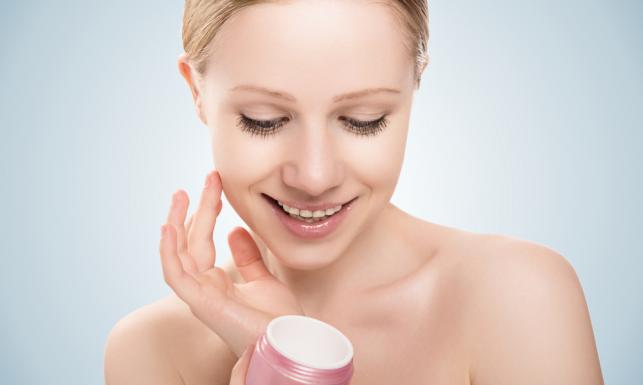BHA and PHA acids for your skin
Salicylic acid (BHA) is a common ingredient of the anti-acne creams and lotions. How does it work and who should use it? Salicylic acid is a natural chemical that comes from a willow tree. Willow tree is not only a good source of the acne curing acid but it also has plenty of painkilling properties. Scientists were able to extract certain willow tree ingredients and turn it into aspirin.
Creams with 2-5% of salicylic acid help to break down the top layer of the skin. The way it works is very gentle and it does not cause any irritation or burning. The only side effect, this chemical can cause is skin dryness. If your skin is already dry, you should make sure that you drink lot of water, and that you hydrate the skin with moisturizing cream.
The skin is built up of seven layers. In between those layers, we can find a little pore with a hair follicle. This is the place where the acne is created. In the pore, next to the lash follicle there is a bacteria surrounded by inflammation. The bacteria cannot get out to the surface of the skin because it is blocked by oil and the plague, also called clog. The salicylic acid removes the plague so that the oil and the bacteria can be pushed out of the skin. Unfortunately, the acid does not kill the bacteria; therefore, it is important to use different antibacterial product for the best results. What’s more, it does not remove the oil either.
Salicylic acid does not increase inflammation. If you suffer from a cystic acne, you should use it in combination with other stronger ingredients.
Polyhydroxy acid (PHA) is much gentler that BHA. It helps to retain water in the skin and they fight all kind of bacteria. It does not work like exfoliator, therefore it is recommended to anyone with severe skin conditions. PHA can effectively reduce skin discoloration and pigmentation and it increases the production of collagen. Additionally, polyhydroxy acid protects skin from damaging sun UVA/UVB rays and if used systematically it delays the skin ageing process.


TOP 5: The best home treatments for face, body and hair
Effective hair and skin care without leaving home? Sometimes you just have to stay at home...
Check up-to-date ways of staying healthy and beautiful!
If you want to professionally care for your health enhancing your appearance at the same time,...
10 Remedies for Summertime Acne. How to Do away with it?
Heat, scorching weather, make-up and sweat dripping off your face – due to all this,...
Dry Eye Syndrome – Causes, Symptoms, Treatment
Eyes are extremely sensitive to external factors and stimuli. If you don’t care for...